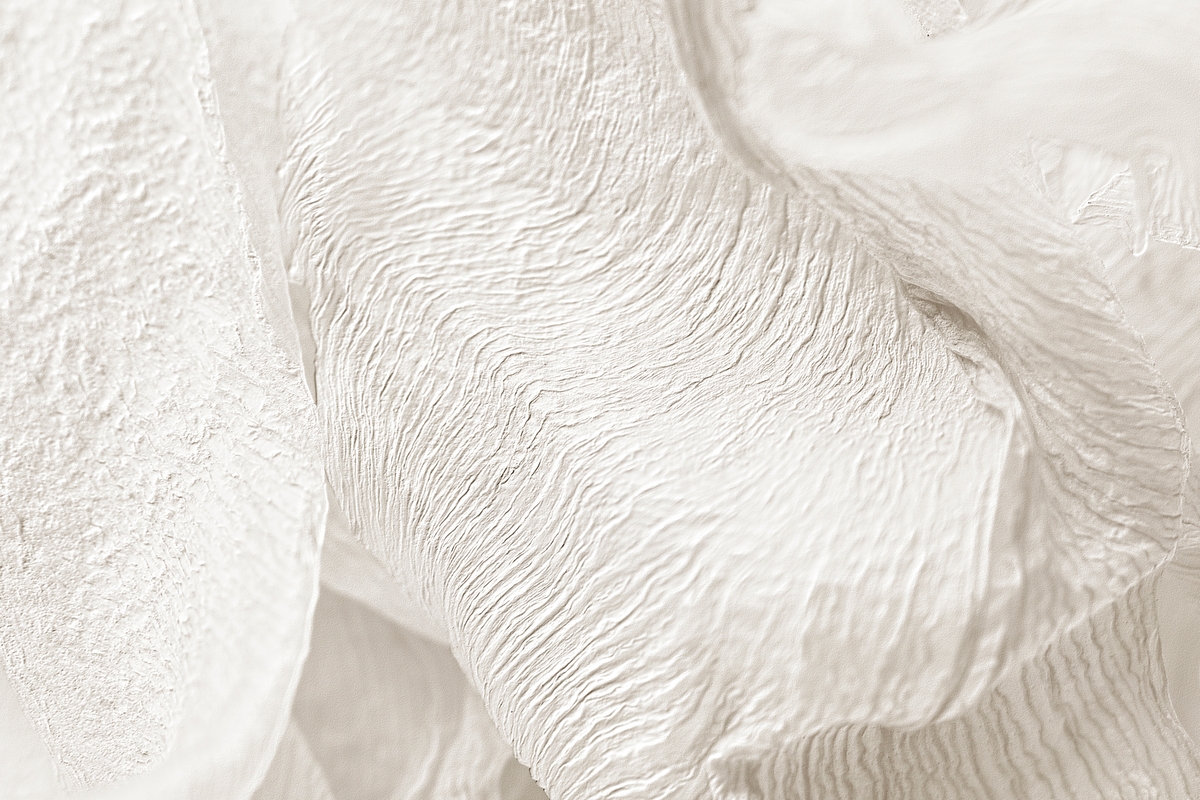Ageing is a gradual and continuous process that starts at birth.
It is associated with changes that affect a person’s health and appearance. The skin, as the most voluminous organ of the body, shows obvious and visible sign of ageing (Zhang and Duan, 2021). According to the 2016 survey conducted by the Cosmetic Physicians College of Australia, 54% of those surveyed worry about “looking old” and over 80% of those believe it is acceptable to use treatments to “address ageing” (Doherty & Parker-Brown, 2021). Currently, each year Australians spend about 1 billion Australian dollars in order to improve their appearance, with anti-ageing treatments further rising in popularity (Doherty & Parker-Brown, 2021). Advances in medical technologies not only make the treatments more affordable but also compared to previous popular but invasive procedures, there is minimal to no downtime (Doherty & Parker-Brown, 2021). There are many examples of popular non-surgical technologies that available, like microdermabrasion, IPL, skin needling, radio frequency (RF) and high-intensity focused ultrasound (HIFU).
Skin, as the largest organ of the human body, is exposed to physiological- and environmental factors that cause ageing (Zhang and Duan, 2021). These are known as intrinsic- and extrinsic pathways. “Intrinsic ageing is an inevitable physiological process that results in thin, dry skin, fine wrinkles, and gradual dermal atrophy” (Zhang and Duan, 2021). Extrinsic ageing is caused by external environment factors such as air pollution, smoking, poor nutrition, and sun exposure, with UV damage contributing to 80% of the extrinsic skin ageing (Zhang and Duan, 2021). It is a complex process where not all aspects contributing are fully understood yet (Farage, Miller, Elsner and Maibach, 2008).
However, to recognise the known ageing processes, an overview of the skin components and its change is necessary. The skin is composed of three layers: the epidermis, dermis and sub dermis. When the skin is ageing all three layers “undergo degenerative changes” (Shin et al., 2019) that contribute to the “aged” appearance of the skin. The outermost layer, the epidermis, thins with ageing and melanocytes produce less melanin which become larger in size (U.S. National Library of Medicine, 2021). Further, “as a person ages, proliferation of cells in the basal layer reduces” and the contact area between the epidermis and the dermis is also reduced (Zhang and Duan, 2021). This results in thinner, translucent skin with visible age spots (U.S. National Library of Medicine, 2021).
The change in the second layer, the dermis causes the most visual consequences. The skin loses elasticity, strength and moisture. This is due to the decreased production of sebum by the sebaceous glands, as well as decreased collagen production and increased collagen and elastin degradation by matrix metalloproteinases (MMPs); blood vessels become fragile as wrinkles and broken capillaries appear (Farage, Miller, Elsner and Maibach, 2008).
The deepest layer called subcutaneous layer or sub dermis also thins and reduced volume and protection from injuries are the consequence (U.S. National Library of Medicine, 2021). Further changes occur in the extracellular matrix (ECM) thatprovides “tensile strength, elasticity, and hydration to the skin” (Zhang and Duan, 2021). Collagen “becomes fragmented and coarsely distributed and its total amount decreases ” (Shin et al., 2019) other components like glycosaminoglycans (GAGs), proteoglycans (PGs) and elastic fibres also decline, resulting in a reduced function (Shin et al., 2019). Even though anti-ageing technologies adapt different approaches, most of these are designed to oppose the changes caused by intrinsic- and extrinsic ageing factors (Shin et al., 2019).
Bibliography
U.S. National Library of Medicine, 2021. Aging changes in skin: MedlinePlus Medical Encyclopedia. [online] Medlineplus.gov. Available at: <https://medlineplus.gov/ency/article/004014.htm> [Accessed 30 June 2021].
Farage, M., Miller, K., Elsner, P. and Maibach, H., 2008. Intrinsic and extrinsic factors in skin ageing: a review. International Journal of Cosmetic Science, 30(2), pp.87-95. https://doi.org/10.1111/j.1468-2494.2007.00415.x
Heather Doherty & Baden Parker-Brown, 0., 2021. CPCA | One Third of Australians Consider Non-surgical Cosmetic Treatments. [online] Cpca.net.au. Available at: <https://cpca.net.au/one-third-of-australians-consider-non-surgical-cosmetic-treatments/> [Accessed 29 June 2021].
Shin, J., Kwon, S., Choi, J., Na, J., Huh, C., Choi, H. and Park, K., 2019. Molecular Mechanisms of Dermal Aging and Antiaging Approaches. International Journal of Molecular Sciences, 20(9), p.2126. https://www.ncbi.nlm.nih.gov/pmc/articles/PMC6540032/
Zhang, S., & Duan, E., 2018. Fighting against Skin Aging: The Way from Bench to Bedside. Cell transplantation, 27(5), 729–738. https://doi.org/10.1177/0963689717725755
by Nina Filipovic



